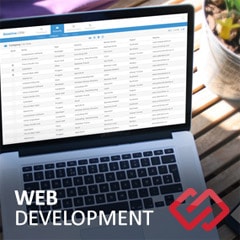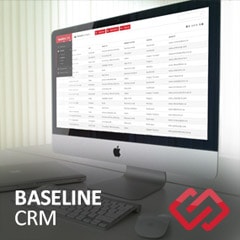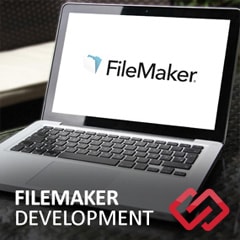Everything You Need to Know about Software ROI

This is the continuation of the ROI (Return on Investment) for IT solutions blog that I recently posted.
While not all projects or organizations are alike, there are many different elements of technology acquisition that have different value propositions and hence, need to be evaluated differently.
Here's everything you need to know about software ROI... Let's get to it…

Software Value Proposition
Software is unique - it can run on almost anything, comes on a disk, CD, DVD, download, Cloud… It can do almost anything - from organize your day, inventory, plant, office, people, customers… you get the idea - it is somewhat ubiquitous - because you can never use that work too much.
Software value proposition aligns directly with the big three ROI elements reviewed in my previous blog:
- Increased Revenue/Gross Margin
- Increased Bottom Line/Efficiency
- Improved Customer Experience
But how do you measure these (without hiring a team of financial specialists and accountants)? Let's get back to the KISS principle.
Some software has an acquisition cost in either license costs or development costs. This licensing model typically has some form of maintenance or upgrade cost associated - you may also want to incorporate some component for infrastructure costs. Subscription [OK I'll use the Cloud word] based software has a monthly or annual fee. All of these models can fairly easily allow you to find a longer term direct cost of ownership - I would suggest you span this out past 5 years for acquisition licensing model with a 10 year life span or 5 years for the subscription model.
You now have a handle on the long term investment in the solution - sadly that may be the easy part…
In order to measure the returns, it can get a little more complicated. Lets look at the big 3.
1) Revenue/Gross Margin
If you can you attribute specific revenue increases to the functions the software provides, then it simplifies things. It may not always be so easy. New geographies, increased penetration into existing accounts, cross selling metrics can be functions of many things. Additional revenue from online transactions are easier to quantify. Ultimately, it will be important to quantify these to your best ability. If you can attribute reduction in direct Cost of Goods to the revenue, this number becomes somewhat obvious.
2) Increased Bottom Line
Generally, this is one of the somewhat easier parts to quantify - If you are in a position where you need to hire additional resources to complete tasks that automation can address, you can offset these net costs directly. Ultimately if you have operational costs that are labour intensive, eliminating the inefficiencies of these tasks through automation will reduce costs through increased production without increased labour and deliver an improved bottom line.
3) Improved Customer Experience
In a world where customers will pay for a premier experience, this may be one of the most important aspects of ROI, but perhaps one of the hardest to quantity. Through an improved experience, your "customers:"
- Have a higher degree of loyalty
- Purchase more from you because you are always open or have tools to purchase when they need it (impulse)
- Have access to information to do their jobs from anywhere without interrupting their jobs
- Rely on your organization because you are an extension of them
Ultimately the goal here is to attempt to quantify (in real dollars) the gains from these activities.
The rest is just math…

A Simple Approach to Calculating ROI/ROI%
(Recognizing there are no factors for NPV for the financially oriented readers)
Calculate all direct costs for the useful life of project (Development, Licensing, Support):
- e.g. $ 50k initial development + 5k support annually for 10 years = 100k direct costs
Calculate the increased bottom line contribution through increased revenue, decreased cost:
- e.g. Reduce hiring requirement of a $60k person, increase revenue by $ 50k annually through efficiencies = ($ 60k + $50k) * 10 = $ 1,100k
- ROI (months) = 100k/1,100k*120 = 11 Months
- ROI% = 1,100/100*100 = 1,100% or 110% annually
Chat with CoreSolutions about Delivering Tangible Results
Our rule of thumb for viability of a project is fairly simple. When you invest in a project, the project should pay for itself within 18-36 months through increased returns. After that period you will receive these increased financial returns for the balance of the software's useful life. Typically, this results in a 40-80% annualized ROI% - very few financial investments can boast these levels of return.
I would welcome the opportunity to chat with you about how we might assist in optimizing and growing your business and delivering tangible results. So, connect with us via telephone at 1-800-650-8882 or fill out a contact us form on our website. We look forward to hearing from you soon!
And as always, thanks for reading!
Al MacKinnon







Comments